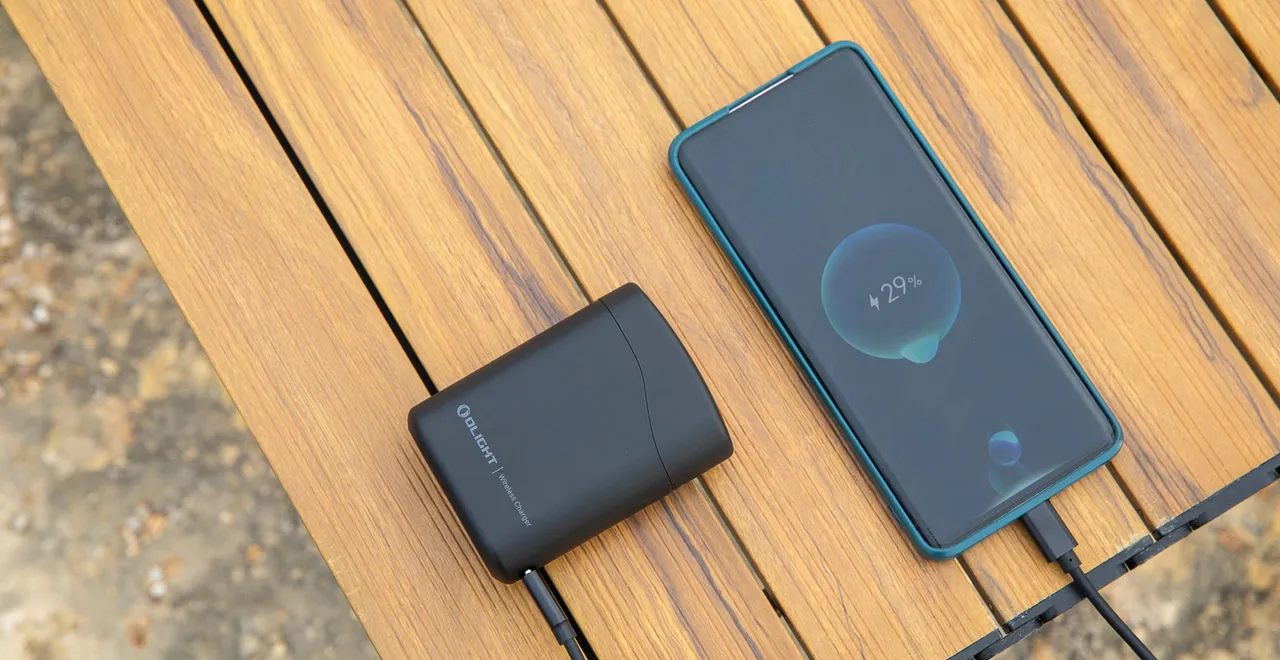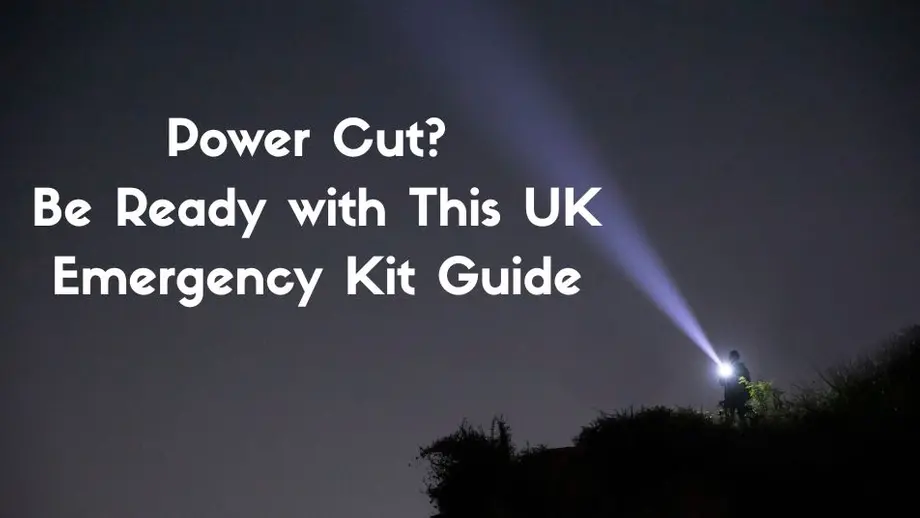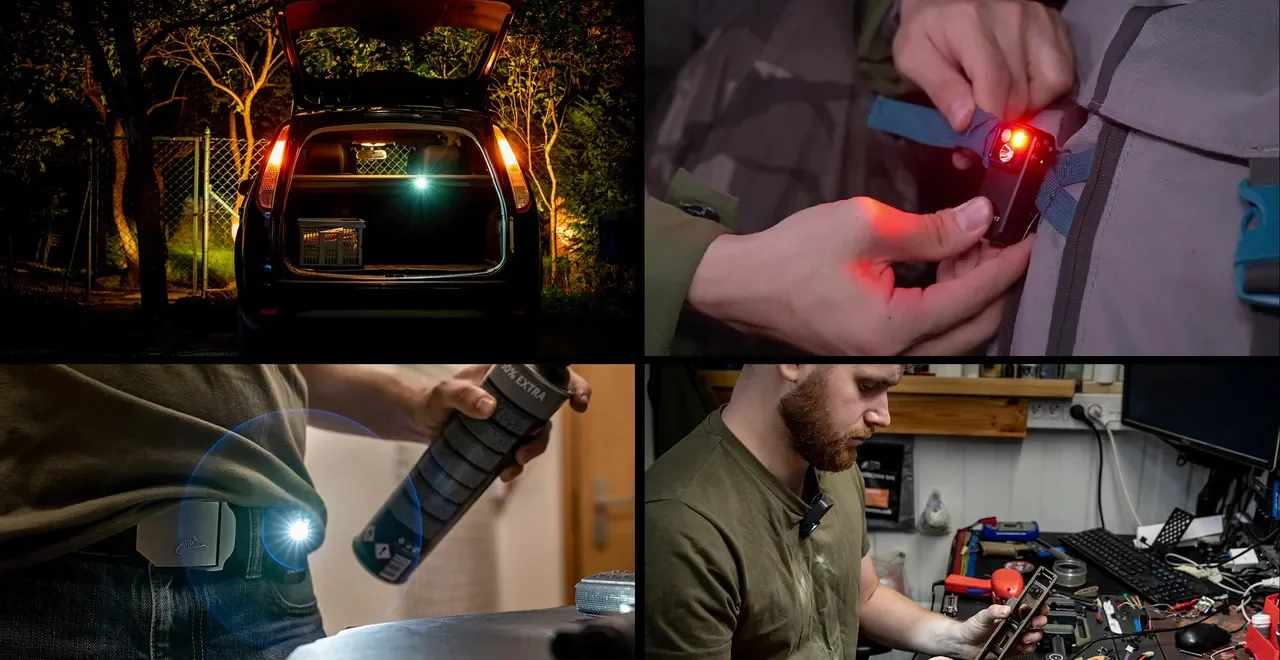The familiar hum of the fridge suddenly stops. The TV screen goes black. A sudden, deep silence falls over your home. We've all been there—a power cut can be anything from a minor annoyance to a serious disruption. While the UK's power grid is impressively reliable, severe weather events and unforeseen technical faults mean that no one is completely immune to a blackout.
For outdoor enthusiasts, being prepared is second nature. You wouldn't venture into the Peak District without a map, a waterproof, and a reliable torch. So, why should your home be any different? This guide will walk you through building the ultimate power cut emergency kit for your UK home, transforming a potential crisis into a manageable, and perhaps even comfortable, experience.
Why You Absolutely Need an Emergency Kit
Think of a power cut kit as insurance you hope you'll never need, but will be incredibly grateful for if you do. It’s not about doomsday prepping; it’s about practical peace of mind. During a power cut, your main challenges are:
- Safety: Navigating your home in complete darkness is a recipe for trips, falls, and injuries.
- Information: Without power, how do you get updates on the situation or contact help if needed?
- Comfort: Staying warm, fed, and calm is crucial, especially if the outage lasts for several hours or even days.
Having a dedicated kit means everything you need is in one place, ready to go. No more frantic searching for candles or checking if your phone has any charge left.
%2FScenarios%2F2R8A7998.jpg&c=67e20c563f467&x=1280&y=1280&a=1&t=O4iF4QZM91vdtuB)
The Ultimate Checklist: Building Your Power Cut Emergency Kit
Assembling your kit is straightforward. You probably own many of these items already, especially with your passion for the outdoors. Let's break down the essentials.
1. Illumination: Your First Line
When the lights go out, your immediate priority is to see. While candles might seem romantic, they are a significant fire hazard, especially with children or pets around. Modern LED torches are infinitely safer, brighter, and more reliable.
For total home readiness, think in terms of primary and personal lighting.
Primary Light: You need a powerful torch capable of illuminating an entire room, like a living room or kitchen. This becomes your central hub of light. For this role, a high-power torch like the Marauder Mini is an unbeatable choice. With its ability to switch between a wide floodlight and a long-reaching spotlight, it can adapt to any situation. Crucially, many models like this also function as a power bank, allowing you to charge your phone directly from the torch—a game-changer in any outage.%2FScenarios%2F2R8A7946.jpg&c=67e20c3fc2ef7&x=1280&y=1280&a=1&t=O4iF4QZM91vdtuB)
Personal Lights: Every member of the household should have easy access to their own smaller torch. These are perfect for navigating hallways, finding items, or reading a book. A compact EDC (Everyday Carry) torch such as the Baton 4 is ideal. It's small enough to fit in a pocket or drawer but packs a powerful punch, ensuring everyone can move about safely and independently.
It’s wise to have a mix of lighting solutions, so take a moment to explore our full range of powerful torches to find the perfect fit for every family member. Remember to also pack spare batteries or ensure your rechargeable torches are kept topped up.
2. Communication & Power
Once you have light, you need to stay informed and connected.
- Power Bank: A fully charged power bank is non-negotiable for keeping your mobile phone alive. This is your link to the outside world for news and emergency calls. As mentioned, a torch with a power bank feature is a brilliant two-in-one solution.
- Wind-up/Solar Radio: If the mobile network goes down or you want to conserve phone battery, a wind-up radio is an old-school but incredibly effective way to get news updates from national and local stations.
3. Warmth & Comfort
Power cuts often happen during storms, when it's cold and miserable outside. Without central heating, your home can get chilly fast.
- Blankets & Layers: Gather wool blankets, duvets, or sleeping bags. Your camping gear is perfect for this.
- Warm Clothing: Have fleeces, hats, gloves, and thick socks ready to go. Layering is key.
4. Food & Water
An outage might affect your water supply, and you certainly won't be able to use your microwave or electric oven.
- Water: Store at least three litres of bottled water per person, per day.
- Non-Perishable Food: Stock up on items that don't require cooking or refrigeration. Think granola bars, crisps, biscuits, nuts, and dried fruit. Tinned goods like soup or beans are also great, but don't forget a manual can opener!
- Camping Stove (with caution!): If you have a camping stove, you can make hot drinks or heat food. NEVER use it indoors without extensive, proper ventilation to avoid the deadly risk of carbon monoxide poisoning. Using it in a sheltered outdoor space is a safer option.
5. First Aid and Hygiene
- First Aid Kit: A standard, well-stocked first aid kit is essential for dealing with minor injuries.
- Hygiene Supplies: Wet wipes, hand sanitiser, and other personal hygiene items will help you stay fresh and comfortable.
Assembling and Storing Your Kit
Now that you know what to include in your power cut emergency kit in the UK, let's talk about storage.
- Choose a Container: A large plastic storage box with a lid or a dedicated rucksack works perfectly.
- Find a Home: Store your kit somewhere cool, dry, and easy to get to in the dark—under the stairs, in a utility cupboard, or in the garage are all good spots.
- Maintain It: Set a reminder on your calendar to check your kit every 6-12 months. Swap out expired food and water, check the batteries in your torches and radio, and make sure everything is in working order.
Conclusion: Turn Inconvenience into Confidence
A power cut doesn't have to be a stressful event. With a little foresight and a well-prepared power cut emergency kit, you can ensure your family remains safe, warm, and comfortable until the lights come back on. It’s about applying that same self-reliant, adventurous spirit you have on the trails to the four walls of your home.
Don't wait for the next storm to hit. Take an inventory of what you have, and start assembling your kit today. Your first and most important step? Secure your lighting. A reliable, high-quality torch is the cornerstone of any emergency plan.






